Maintaining Perishability: Insulated Shipping Boxes for Consistent Temperatures
Choosing the right insulated shipping boxes is vital for safely transporting temperature-sensitive g…….
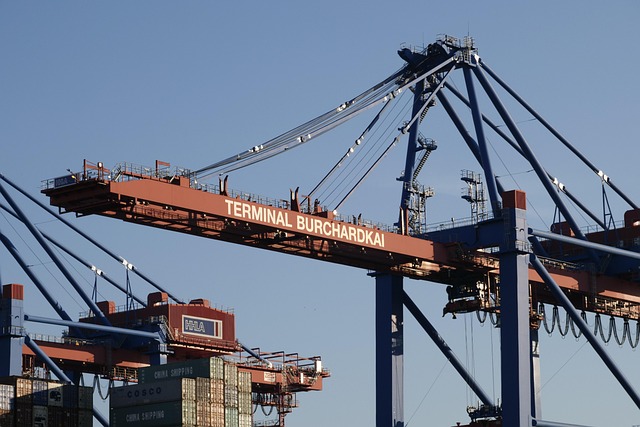
Choosing the right insulated shipping boxes is vital for safely transporting temperature-sensitive goods like perishable food, medical supplies and pharmaceuticals. These specialized containers use materials like foam insulation and gel packs to maintain specific temperature ranges during transit. By considering factors like product requirements, required temperature, and transit duration, businesses can select insulated shipping boxes from reputable manufacturers, ensuring safe delivery of sensitive items while meeting quality standards and customer satisfaction.
Maintaining product quality and integrity during transit is paramount, especially for temperature-sensitive goods. This is where insulated shipping boxes step in as essential tools for businesses. In this article, we explore the critical role of insulated packaging solutions in preserving consistent temperatures during transport. From understanding product temperature sensitivity to delving into key insulation components and various materials, we provide insights on best practices to ensure optimal conditions, ensuring products arrive intact and viable.
- Understanding Temperature Sensitivity of Goods
- The Role of Insulated Shipping Boxes in Temperature Control
- Key Components of Effective Insulation Systems
- Types and Materials of Insulated Packaging Solutions
- Best Practices for Ensuring Consistent Temperature During Transit
Understanding Temperature Sensitivity of Goods

Understanding the temperature sensitivity of goods is paramount when considering the use of insulated shipping boxes. Different products have different optimal temperature ranges that must be maintained during transit to prevent spoilage or damage. For instance, perishable food items require consistent cold temperatures to remain fresh, while medical supplies need controlled conditions to preserve their effectiveness. This temperature sensitivity necessitates the use of specialized packaging solutions like insulated shipping boxes to ensure product integrity.
When selecting an insulated shipping box for sale or rental, it’s crucial to consider the specific needs of your goods. Dimensions, material, and design play a significant role in maintaining consistent temperatures. Insulated shipping box manufacturers offer various options, including foam-lined containers, gel pack shipping boxes, and custom kits tailored to unique product requirements. By understanding these nuances, businesses can ensure their sensitive items arrive safely and intact, meeting the highest standards of quality and customer satisfaction.
The Role of Insulated Shipping Boxes in Temperature Control
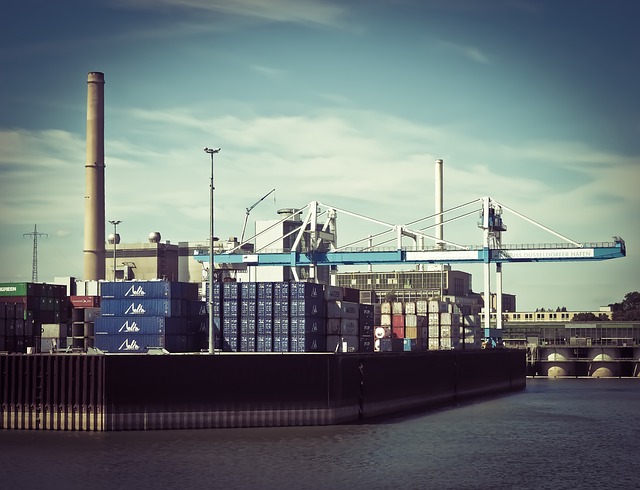
Insulated shipping boxes play a pivotal role in maintaining consistent temperatures during transit, ensuring the safe and reliable transport of temperature-sensitive items. These specialized containers are designed to create an insulative barrier, protecting contents from external environmental factors like extreme heat or cold. By trapping air and using advanced insulating materials, they mitigate thermal transfer, thus preserving the integrity of products within.
Whether for shipping food, medical supplies, or perishable goods, insulated shipping boxes come in various configurations, sizes, and materials to cater to diverse needs. From foam-lined containers to rigid boxes with insulated liners, these solutions offer not just temperature control but also protection from damage. For businesses dealing in temperature-sensitive products, investing in insulated shipping boxes, often available for sale or rental through specialized suppliers, can significantly enhance supply chain efficiency and customer satisfaction.
Key Components of Effective Insulation Systems
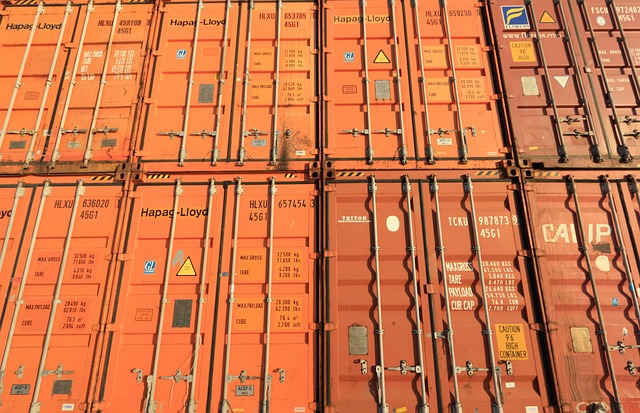
The key components of an effective insulation system in insulated shipping boxes are designed to maintain a consistent temperature during transit. At the core lies the insulation material, which can vary from foam to fiber-based options. These materials must be capable of retaining and distributing heat or cold evenly, ensuring optimal conditions for the contents within. The thickness and density of the insulation play a crucial role in achieving this, as they determine its thermal resistance.
Additionally, insulated shipping boxes often incorporate specialized linings and inserts to further enhance their performance. These components create a barrier against external temperature fluctuations, preventing heat gain or loss. Insulated food shipping boxes, for instance, may feature moisture-wicking liners to keep perishable items fresh, while insulated medical shipping boxes could include custom foam inserts designed to secure fragile equipment. The versatility in these systems allows for tailored solutions across various industries, from wholesale and rental services to e-commerce and healthcare, ensuring that sensitive goods arrive safely and intact.
Types and Materials of Insulated Packaging Solutions
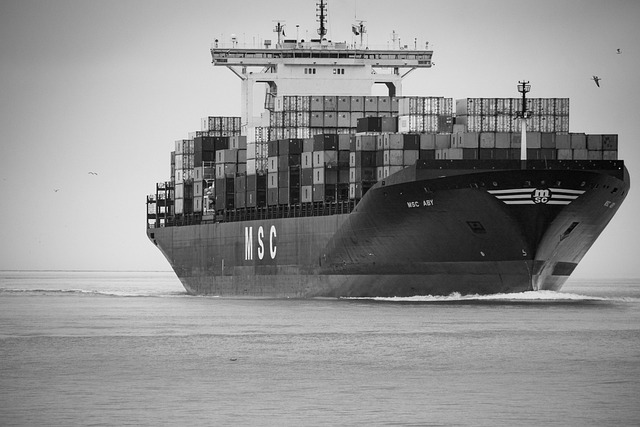
Insulated packaging solutions come in various types and materials, each designed to maintain specific temperature ranges during transit. These include insulated shipping boxes, which are specifically engineered for transporting sensitive items that require consistent cold or hot temperatures. Materials commonly used in their construction range from foam insulation to reflective linings and water-based gel packs.
When choosing an insulated shipping solution, consider factors such as the type of item being shipped (e.g., food, medical supplies, or pharmaceuticals), the required temperature range, and the duration of transit. Popular choices include insulated food shipping boxes for perishable goods, insulated medical shipping boxes for temperature-sensitive medical equipment, and insulated cooler shipping boxes for time-sensitive items that require cold storage during delivery. Additionally, there are insulated shipping box kits, inserts, liners, bags, containers, and foam options available from numerous suppliers, including manufacturers, wholesalers, and even rental services, making it easier than ever to find the perfect insulated shipping box for sale or rent to meet your specific needs.
Best Practices for Ensuring Consistent Temperature During Transit
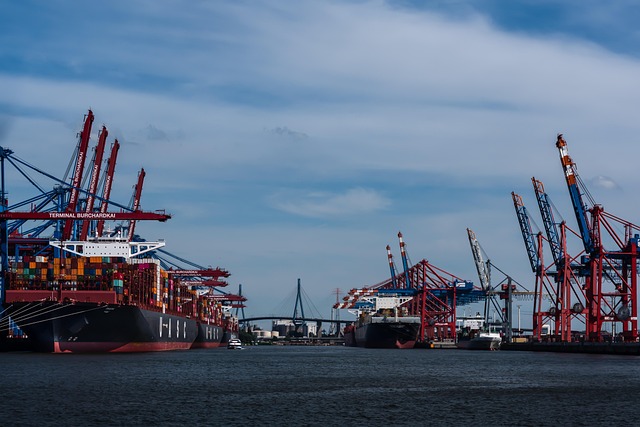
Maintaining a consistent temperature during transit is paramount when shipping items that are sensitive to heat or cold. Here are some best practices for ensuring this critical factor:
First, choose insulated shipping boxes designed with temperature control in mind. These boxes are engineered with specific insulation and lining materials that can retain or dissipate heat efficiently. When selecting an insulated shipping box for sale or rental, consider factors like size (insulated shipping box dimensions), material, and the inclusion of foam inserts, liners, or bags to enhance insulation. For instance, insulated food shipping boxes, medical shipping boxes, or cooler shipping boxes often come with customizable kits that include gel packs for added temperature regulation. Ensure you select a supplier known for high-quality products like those from insulated shipping box manufacturers who offer bulk or wholesale options.
Insulated shipping boxes play a pivotal role in maintaining consistent temperatures during transit, ensuring the integrity and quality of temperature-sensitive goods. By understanding the criticality of temperature control and implementing best practices, businesses can leverage these innovative packaging solutions to meet customer expectations and comply with industry standards. Effective insulation systems, incorporating advanced materials and key components, offer robust protection against environmental variations, making them indispensable tools in today’s global supply chain.







